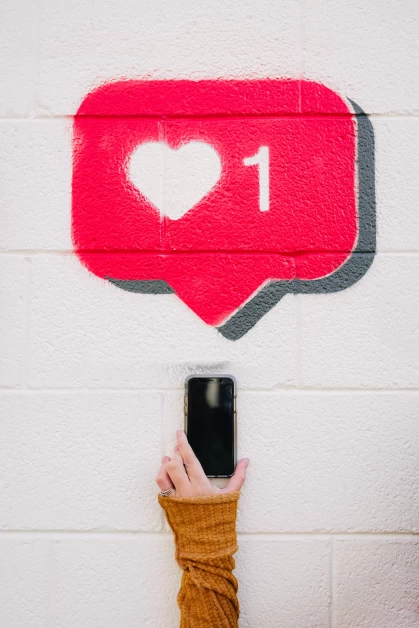Table of Contents
Lead generation is a crucial aspect of any successful marketing strategy. It involves attracting potential customers and converting them into leads by offering valuable content or incentives. In this article, we will discuss the steps to create an effective lead generation funnel that will help you capture leads and ultimately convert them into customers.
Step #1: Identifying Your Target Audience
Before you can create an effective lead generation funnel, you need to understand who your target audience is. This involves identifying their needs, preferences, and pain points. By knowing your target audience, you can create content and offers that resonate with them and address their specific needs.
To identify your target audience, you can conduct market research, analyze your existing customer base, and use tools like SEMrush to gather data on your audience demographics, interests, and online behavior.
Step #2: Creating a Compelling Lead Magnet
A lead magnet is an incentive that you offer to potential customers in exchange for their contact information, such as their email address. It should be valuable and relevant to your target audience to entice them to provide their information.
Lead magnets can come in various forms, such as free ebooks, PDF checklists, widgets, quizzes, live demos, videos, or free coupons. The key is to offer something that your target audience finds valuable and can benefit from.
To create a compelling lead magnet, consider what type of content or offer would be most appealing to your target audience. Conduct research to identify their pain points and offer a solution or valuable information that addresses those pain points.
Step #3: Defining the Customer Journey
The customer journey refers to the complete set of experiences that customers go through while interacting with your brand and company. It encompasses the full experience of being a client.
To define the customer journey, you can map out the various stages and touchpoints that customers may encounter. Consider where your customers first come into contact with your business, what are the pivotal points in the journey, how and where they may convert, and how you can nurture the relationship with them.
It is important to note that the customer journey is not linear and may vary for different customer personas. Take into consideration how each stage of the journey affects the relationship and transactions.
Step #4: Creating the Landing Page
A well-designed landing page is crucial for boosting conversions and capturing leads. A landing page should be tailored to your business and goal, visually stunning, and powerful in its messaging.
When creating a landing page, remember to focus on one goal. Keep it simple and avoid distracting visitors with multiple offers or actions. Your landing page should guide visitors towards one specific action, such as signing up for a newsletter or downloading a free ebook.
To create an effective landing page, consider using a high-quality landing page builder like Landingi. This will help you design visually appealing and conversion-focused landing pages.
Step #5: Creating a Lead Generation Funnel
Your lead generation funnel should be based on the customer journey and consist of three stages: TOFU (awareness), MOFU (consideration), and BOFU (decision).
TOFU (Top of the Funnel)
In the TOFU phase, the focus should be on creating awareness and providing educational content. This can include blog articles, social media posts, and using a lead magnet to capture leads. The goal is to increase awareness of your offer and make users interested in your solution.
MOFU (Middle of the Funnel)
The MOFU stage serves as a bridge between the initial contact and the final decision. At this stage, potential customers are already familiar with your brand or business but may not be ready to make a purchasing decision yet.
To nurture prospects in the MOFU stage, provide valuable content and insights that help them make an informed decision. This can include email marketing campaigns, tailored reports, ebooks, webinars, or case studies.
BOFU (Bottom of the Funnel)
The BOFU stage is where you focus on converting leads into customers. Highlight your value proposition and convince prospects that your solution is the best choice for them. Use tools like demos, free trials, or third-party reviews to showcase the benefits of your product or service.
Step #6: Capturing Leads
Capturing leads is a critical component of an effective lead generation funnel. To generate great results, you need to understand the critical components of your product or service, the message you are sending out to prospects, and the channels where engagement will take place.
The idea is to initiate a relationship with leads, gain their trust, familiarize them with your offer, and ultimately convert them into customers.
In conclusion, creating an effective lead generation funnel involves understanding your target audience, creating a compelling lead magnet, defining the customer journey, creating a visually stunning landing page, and implementing a lead generation funnel based on the customer journey stages. By capturing leads effectively, you can increase your chances of converting them into loyal customers.
